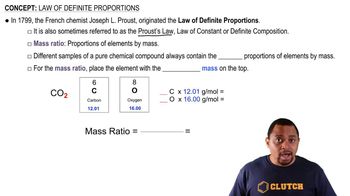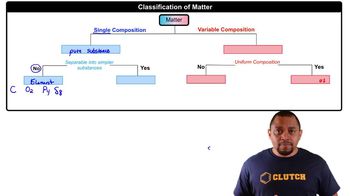The commercial production of nitric acid involves the following chemical reactions:
4 NH3(g) + 5 O2(g) → 4 NO(g) + 6 H2O(g)
2 NO(g) + O2(g) → 2 NO2(g)
3 NO2(g) + H2O(l) → 2 HNO3(aq) + NO(g)
(b) Identify the element undergoing oxidation and the element undergoing reduction.




